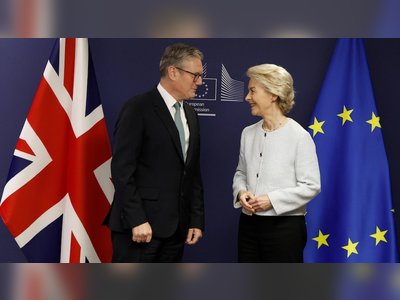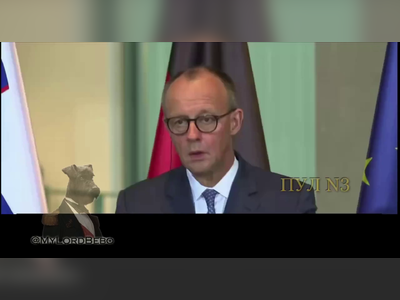Saudis ‘need higher oil prices to balance budget’
Saudi Arabia requires oil prices above $90 per barrel to balance its 2023 budget, as per Fitch Ratings, although it continues to have an A+ rating with a stable outlook.
The country's budget equilibrium price is expected to be over $90 per barrel in 2024, decreasing to $85 per barrel in 2025. Fitch pointed out that Saudi's reliance on oil is a vulnerability for its credit profile.
Fitch's break-even oil price estimate contrasts with the IMF's prediction of under $80 for the same period. Including domestic investment by its wealth fund, the necessary price for Saudi Arabia climbs to $108, as reported by Bloomberg Economics.
This need for higher prices explains why Saudi Arabia is limiting its oil production, despite the reduction in sales having limited impact on lifting prices. With its Opec+ allies, the country has reduced output by 2.2 billion bpd until at least the end of March to bolster prices.
Brent crude, the global benchmark, has not reached $90 since last October and was around $77 in London recently. These restrictions on oil production contributed to Saudi Arabia's economic contraction of 0.9% in 2023.
A $10 shift in oil prices would impact Saudi budget projections by 2%-2.5% of GDP, according to Fitch. A change of 500,000 bpd in production impacts the fiscal balance by about 1% of GDP.
Fitch forecasts that the country's reserves will average $420 billion in 2024-2025 due to a narrower current account surplus from reduced oil revenue. Investments by entities like the Public Investment Fund are expected to slow.
Despite achieving a surplus in 2022, Saudi Arabia is likely to face budget deficits annually until 2026 because of increased spending. The non-oil segment of the economy is anticipated to grow by 4.5% in the next two years, driven by public-sector investments, reforms, and lower interest rates.
The country's expenditure for this year is set to exceed budget targets, reaching nearly $347 billion, while revenue is projected to rise thanks to dividends from Saudi Aramco.
Fitch's break-even oil price estimate contrasts with the IMF's prediction of under $80 for the same period. Including domestic investment by its wealth fund, the necessary price for Saudi Arabia climbs to $108, as reported by Bloomberg Economics.
This need for higher prices explains why Saudi Arabia is limiting its oil production, despite the reduction in sales having limited impact on lifting prices. With its Opec+ allies, the country has reduced output by 2.2 billion bpd until at least the end of March to bolster prices.
Brent crude, the global benchmark, has not reached $90 since last October and was around $77 in London recently. These restrictions on oil production contributed to Saudi Arabia's economic contraction of 0.9% in 2023.
A $10 shift in oil prices would impact Saudi budget projections by 2%-2.5% of GDP, according to Fitch. A change of 500,000 bpd in production impacts the fiscal balance by about 1% of GDP.
Fitch forecasts that the country's reserves will average $420 billion in 2024-2025 due to a narrower current account surplus from reduced oil revenue. Investments by entities like the Public Investment Fund are expected to slow.
Despite achieving a surplus in 2022, Saudi Arabia is likely to face budget deficits annually until 2026 because of increased spending. The non-oil segment of the economy is anticipated to grow by 4.5% in the next two years, driven by public-sector investments, reforms, and lower interest rates.
The country's expenditure for this year is set to exceed budget targets, reaching nearly $347 billion, while revenue is projected to rise thanks to dividends from Saudi Aramco.










